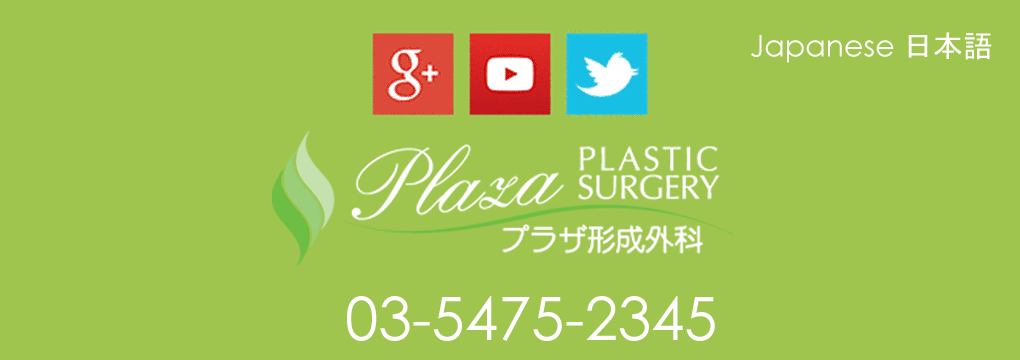|
|
We have performed many cases of double eyelids that are non-cutting. As a feature, it uses a very fine special thread (same as that used for heart surgery) to fix one or three points to the firm structure called tarsal plate. This method is also generally called the buried suture method, but in our method, it is a “complete buried suture method”, and the thread is not exposed on the inner side of the conjunctiva of the eyelid.
The director of this clinic has a total of more than 1500 cases since he was in practice in the United States, and has used this method for various races other than Japanese. From our experience, this method is especially recommended for the younger generation who seek for double eyelids. This is because the incision method cannot be redone. With our three-point fixed burial method, less than 10% of cases will lose double lines in the future, which is about the same as the incision method.
We also use our method to treat eyelid slack in older patients, which can be corrected very effectively. The same method is used for Caucasian people, and it often results in a ntural finish than Asian people.
We also perform incision-based eyelid surgery, but unless there is a compelling reason to do so (very strong sagging, too much fat, ptosis, etc.), the non-incision method is used. And, we think it’s a good way.
Mesotherapy is a therapy that was used in European countries such as France and Spain in the olden days, and it is a method of reducing the fat that is of concern to the body by injection. However, the injection ingredients used were various, and some of them were secret ingredients, so there were some parts that could not be said to be a widely verified medical practice.
In recent years, as a result of re-verification in the United States, it is becoming recognized that two main components are effective. One of its constituents is a substance called phosphatidylcholine (PTC), and the other is deoxycoric acid (DCA). These ingredients are substances originally contained in human bile. PTC is mainly used to treat accumulated fat in various parts of the body, and DCA is FDA-approved under the trade name Kybella in the United States and is mainly used to treat areas such as the lower jaw and neck. ..
Many PTCs are made from soybeans and are contraindicated for people with soybean allergies. It is also often a little painful. Kybella in the United States has less pain associated with treatment, but the visible effects are not immediate and may require 4 to 6 treatments.
There are various types of slimming techniques, but it is liposuction that makes it easy to predict the results and can expect large changes with a smaller number of times. It is hard to say what is the current method because there have been various historical changes in liposuction, but we use the American method called “Tumescent”.
This method was developed by Dr. Klein of California nearly 40 years ago. By injecting a highly diluted local anesthetic solution into adipose tissue with a fine injection needle, it is safe with extremely small bleeding volume. It was an epoch-making idea that liposuction could be performed effectively and safely. We’ve been doing liposuction this way for over 25 years, including when we lived in the United States, and it’s safe enough that we’ve rarely experienced any complications in the past. Another feature is that in many cases it can be done with only local anesthesia.
Today as well, using this method, liposuction of the lower body of a foreign patient was performed only with local anesthesia. Unlike general anesthesia, you can get up and walk home immediately after the procedure. This method can be used to treat any area where local fat is accumulated, for example, it can be applied to almost all body parts such as the chin, upper arm, face, abdomen, buttocks, and lower limbs. Since it is under local anesthesia, it is not possible to perform extensive liposuction, but since it is treated little by little, downtime is short and work can be done without much rest. Of course, it is also possible to perform a wide range of liposuction with general anesthesia.
Hyaluronic acid is a substance that is naturally present in our skin and other tissues, and it is commercialized so that it can be injected and used as a medicine. It’s a very effective way to increase the volume of nasolabial folds, marionette lines or cheeks and lips.
However, on the other hand, great care must be taken when injecting into the part called the T zone, that is, between the eyebrows and the base of the nose. This part is characterized in part by the running of blood vessels, which are especially prone to blockage of blood vessels that go to the center of the forehead, sometimes progressing from embolism to tissue necrosis. In rare cases, it may regurgitate into the blood vessels in the orbit and clog the artery of the eyeball. It has also been reported that vision and vision are impaired and sometimes blindness.
To prevent these serious complications, there are precautions such as not pushing the syringe hard and not piercing the tissue deeply, but caution and experience may be important.
For the above reasons, when injecting hyaluronic acid near the T zone, we give careful consent to the effects on eyesight and visual field with informed consent before performing the procedure carefully.
You may not know the story of the Nobel Prize because it does not appear in the media so much, but the 2021 Nobel Prize in Physiology or Medicine discovered an ion channel receptor that feels spicy (capsaicin). It was given to Professor Julius David of the University of California, San Francisco.
The previously unknown receptor for spiciness (capsaicin) is called TRPV1, and it was also found that if it is too irritating, it feels “painful”. This TRPV1 is also present in the trigeminal neuralgia model for pain, and it is thought that botulinum toxin preparations such as Botox suppress the reaction on the blood vessels and the surface membranes of the brain.
Furthermore, TRPV1 may be involved in the transmission of signals to the ganglia of the brain (thalamus) and spinal cord via receptors that detect changes in pressure, which are also suppressed by Clostridium botulinum toxin preparations. It has been suggested that it can be blocked by Botox.
We feel that the mechanism of Botox for migraine, which was not well understood until now, is being elucidated.
|




